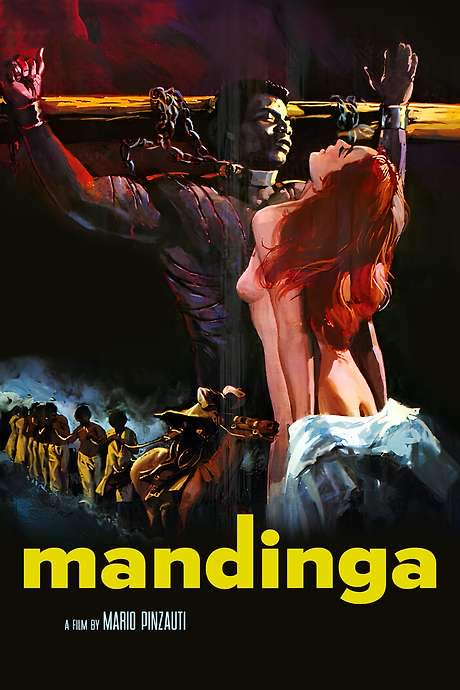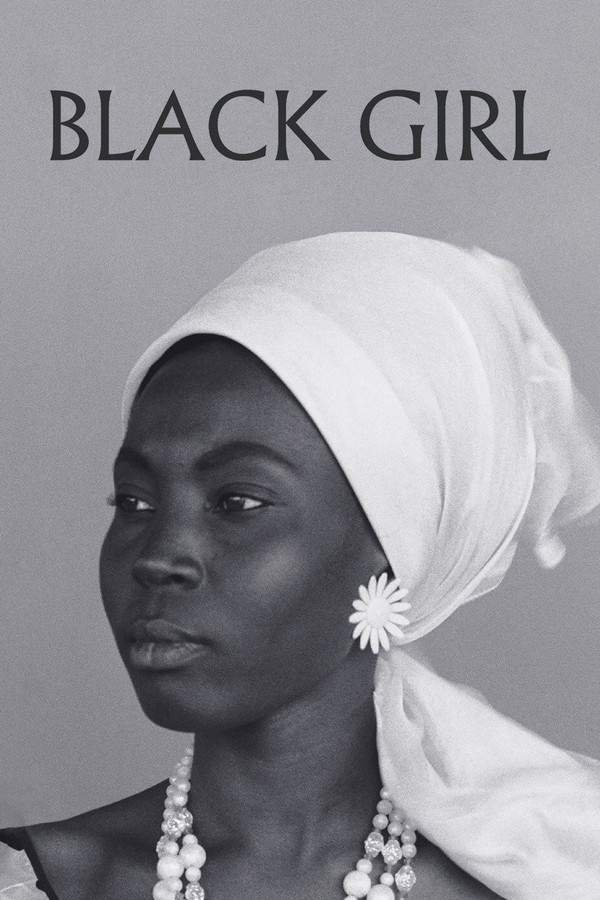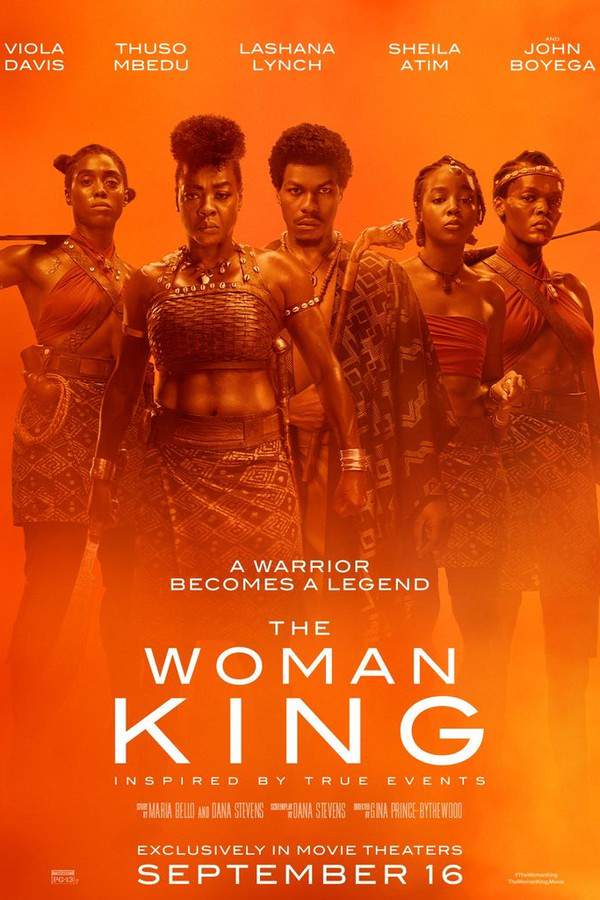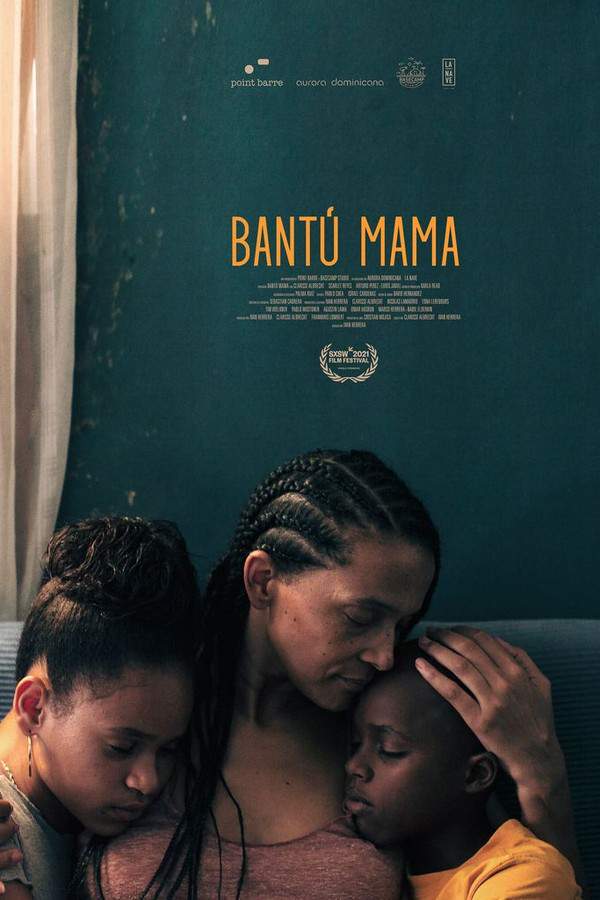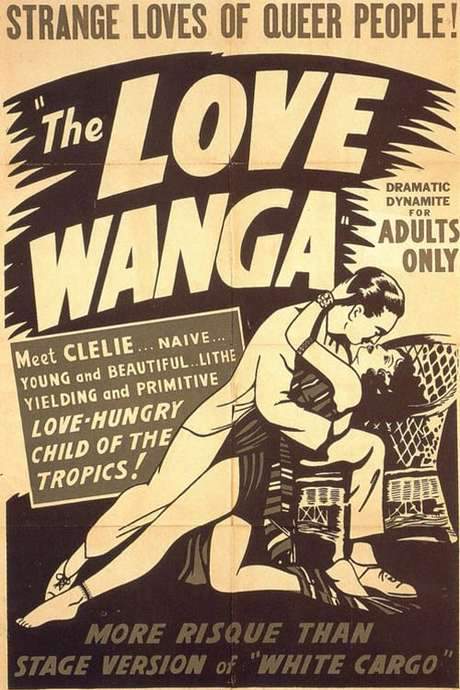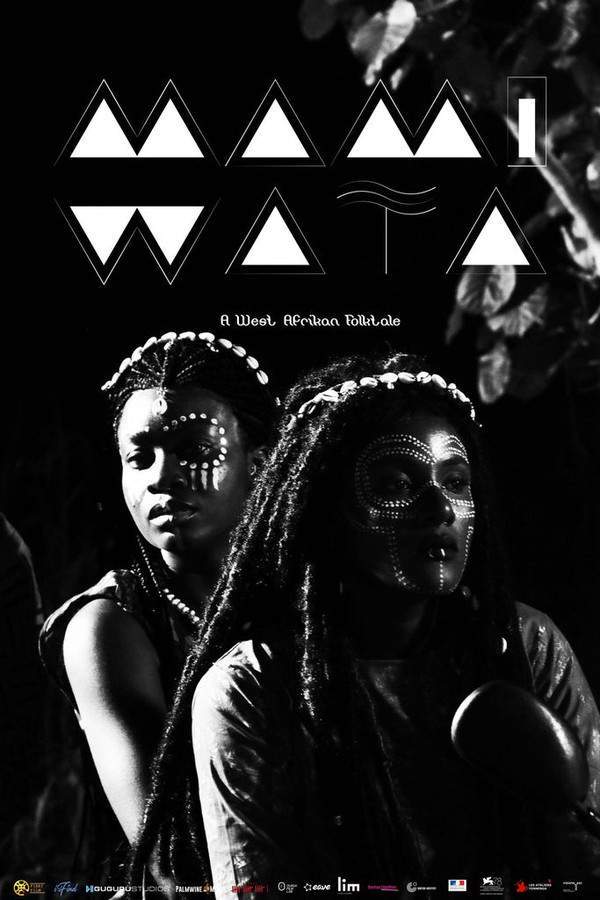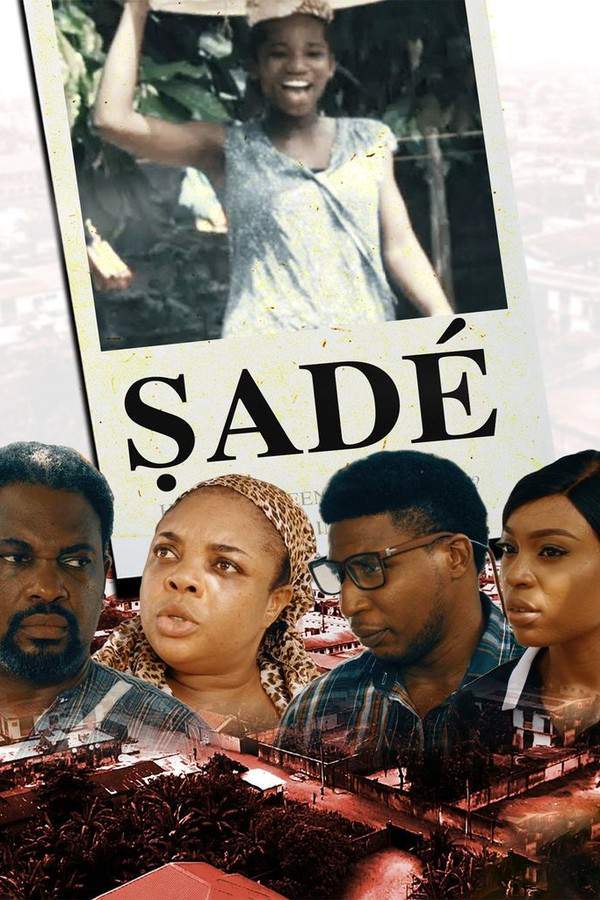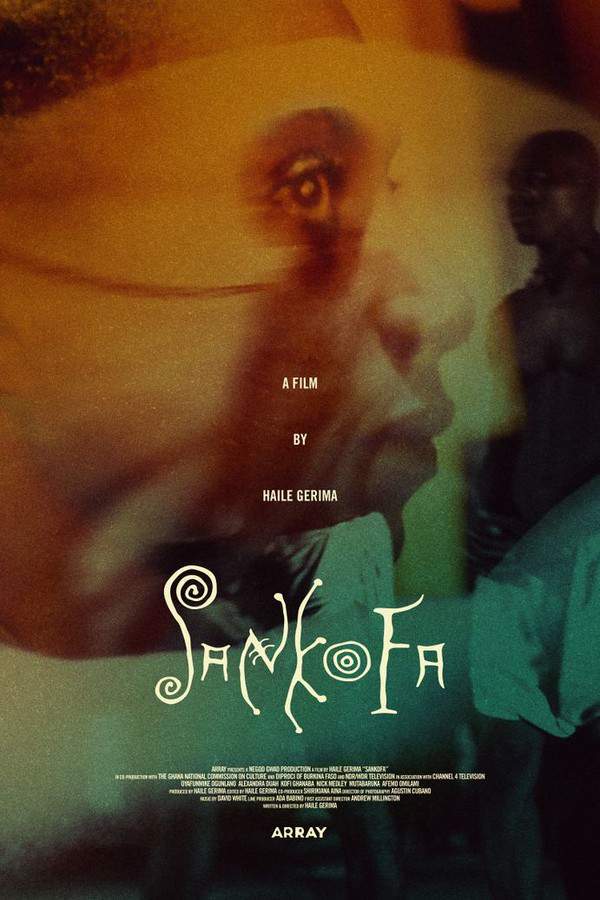
Sankofa
Year: 1993
Runtime: 125 min
Language: English
Director: Haile Gerima
While on a photo shoot in Ghana, Mona, a Black American model, experiences a profound journey of self-discovery. She's unexpectedly transported back to the 19th century and finds herself living as Shola, a slave on a plantation. Through this experience, she confronts the harsh realities of slavery and finds connection and resilience in the community of enslaved Africans around her. She forges bonds with individuals like the rebellious Shango and the wise Nunu, ultimately rediscovering her heritage and the enduring power of the human spirit.
Warning: spoilers below!
Haven’t seen Sankofa yet? This summary contains major spoilers. Bookmark the page, watch the movie, and come back for the full breakdown. If you're ready, scroll on and relive the story!
Sankofa (1993) – Full Plot Summary & Ending Explained
Read the complete plot breakdown of Sankofa (1993), including all key story events, major twists, and the ending explained in detail. Discover what really happened—and what it all means.
An elderly Divine Drummer, Sankofa, plays Fontomfrom drums and chants a call to the ancestors:
Lingering spirit of the dead, rise up.
This ritual starts the film as a bridge between the present and a deep history rooted in Ghana. The camera then follows Mona Mona, a contemporary African-American model, as she works a beach photo session along the coast. The setting is Cape Coast Castle, a place steeped in the horrors of the slave trade, and Mona finds herself both drawn to and largely unaware of its brutal past. While the photographer pushes her to imagine famous, sensational images, Mona struggles to connect with a culture she has long felt detached from. In the midst of this, she encounters the aging drummer, Sankofa, who urges her to remember and to listen to the land’s sacred history.
When Mona enters the castle, she is pulled into the echoes of a brutal era and suddenly finds herself surrounded by enslaved Africans. Traders from Europe cast aside her claims of freedom, dragging her toward a fire where she is stripped of her clothes and branded. The experience fractures time and identity, and Mona becomes Shola, adopting the life and sufferings of her enslaved forebears as a path to reclaiming heritage.
As Shola, she is transported to the Lafayette plantation in the American South, where she endures relentless abuse and sexual violence. Here, she encounters Nunu, a strong, motherly field hand who remembers the old ways, and Noble Ali, a loyal headman who loves Nunu and resists mistreatment of the enslaved. A rebellious West Indian slave named Shango also emerges, risking his life to defend his people and to challenge the cruelty around him. Shango’s name carries the weight of thunder and defiance, and his bond with Shola deepens as they plan movement against the slave system.
Shola’s awakening is shaped by witnessing the secret society formed by enslaved people from Lafayette and nearby plantations. Initially hesitant because of Christian beliefs, Shola eventually joins the clandestine group, and together they move from private protest to a pointed uprising. The rebellion culminates in fire, devastation of sugar fields, and a visible shift in the plantation’s power dynamic.
The dynamics on the plantation are complicated by Joe, Nunu’s mixed-race son, who was fathered by a white man who raped Nunu during the slave ship voyage. Joe, now a head slave who enforces his master’s will, is indoctrinated by Father Raphel to see the enslaved Africans as enemies and to distance himself from his mother’s roots. The psychological conflict drives Joe to a tragic act that reveals the tangled loyalties and painful estrangements within families torn apart by slavery: he ultimately kills his mother, believing her to be possessed. Some interpret Nunu’s death as a spiritual release, a return home on the wings of a bird, signaling the enduring pull of Africa.
Across these intertwined timelines, Shola grows from a compliant slave into a fearless participant in rebellion, guided by the Sankofa bird that Shango hands her after she is punished for attempting to escape. Her transformation mirrors the broader resistance of the enslaved community, and her actions become a catalyst for change within the plantation’s brutal hierarchy.
Returning to the present, Mona awakens with a new sense of belonging and reverence for her roots. A welcoming figure greets her with warmth, saying, “My child, welcome back,” as she passes the photographer—an emblem of colonial gaze and Western domination. The experience leaves Mona enthralled by Sankofa’s chants and the drums, inviting her to join a movement of Black people reconnecting with their origins. In a poignant moment, Nunu emerges from the castle as Mona comes to terms with her heritage, and Sankofa’s rhythm intensifies the moment of collective liberation. The final image frames a bird soaring above, a symbol of the healing and freedom that come from embracing one’s true past.
Last Updated: October 09, 2025 at 15:43
Unlock the Full Story of Sankofa
Don't stop at just watching — explore Sankofa in full detail. From the complete plot summary and scene-by-scene timeline to character breakdowns, thematic analysis, and a deep dive into the ending — every page helps you truly understand what Sankofa is all about. Plus, discover what's next after the movie.
Sankofa Timeline
Track the full timeline of Sankofa with every major event arranged chronologically. Perfect for decoding non-linear storytelling, flashbacks, or parallel narratives with a clear scene-by-scene breakdown.

Similar Movies to Sankofa
Discover movies like Sankofa that share similar genres, themes, and storytelling elements. Whether you’re drawn to the atmosphere, character arcs, or plot structure, these curated recommendations will help you explore more films you’ll love.
Explore More About Movie Sankofa
Sankofa (1993) Scene-by-Scene Movie Timeline
Sankofa (1993) Movie Characters, Themes & Settings
Sankofa (1993) Spoiler-Free Summary & Key Flow
Movies Like Sankofa – Similar Titles You’ll Enjoy
Slavers (1978) Spoiler-Packed Plot Recap
Mandinga (1976) Full Movie Breakdown
Heading South (2006) Story Summary & Characters
The Nude Princess (1976) Film Overview & Timeline
Black Girl (1966) (1969) Full Summary & Key Details
Black Girl (1966) Complete Plot Breakdown
Black Goddess (1978) Detailed Story Recap
The Woman King (2022) Full Movie Breakdown
Bantú Mama (2022) Full Summary & Key Details
Kongo (1932) Plot Summary & Ending Explained
Ouanga (1935) Movie Recap & Themes
Mami Wata (2023) Plot Summary & Ending Explained
Call of the Blonde Goddess (1977) Full Movie Breakdown
Wide Sargasso Sea (1993) Plot Summary & Ending Explained
Sade (2002) Complete Plot Breakdown




